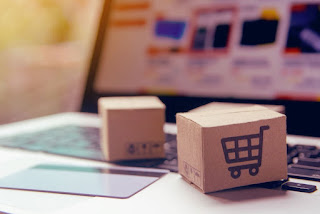Consumers find a product of interest by visiting the website of the retailer directly or by searching among alternative vendors using a shopping search engine. Once a particular product has been found on the website of the seller, most online retailers use shopping cart software to allow the consumer to accumulate multiple items and to adjust quantities, like filling a physical shopping cart or basket in a conventional store. A "checkout" process follows (continuing the physical-store analogy) in which payment and delivery information is collected, if necessary. Some stores allow consumers to sign up for a permanent online account so that some or all of this information only needs to be entered once. The consumer often receives an e-mail confirmation once the transaction is complete. Less sophisticated stores may rely on consumers to phone or e-mail their orders (although full credit card numbers, expiry date, and Card Security Code,[26] or bank account and routing number should not be accepted by e-mail, for reasons of security).
Consumers find a product of interest by visiting the website of the retailer directly or by searching among alternative vendors using a shopping search engine . Once a particular product has been found on the website of the seller, most online retailers use shopping cart software to allow the consumer to accumulate multiple items and to adjust quantities, like filling a physical shopping cart or basket in a conventional store. A "checkout" process follows (continuing the physical-store analogy) in which payment and delivery information is collected, if necessary. Some stores allow consumers to sign up for a permanent online account so that some or all of this information only needs to be entered once. The consumer often receives an e-mail confirmation once the transaction is complete. Less sophisticated stores may rely on consumers to phone or e-mail their orders (although full credit card numbers, expiry date, and Card Security Code , [26] or bank a...



Commentaires
Enregistrer un commentaire